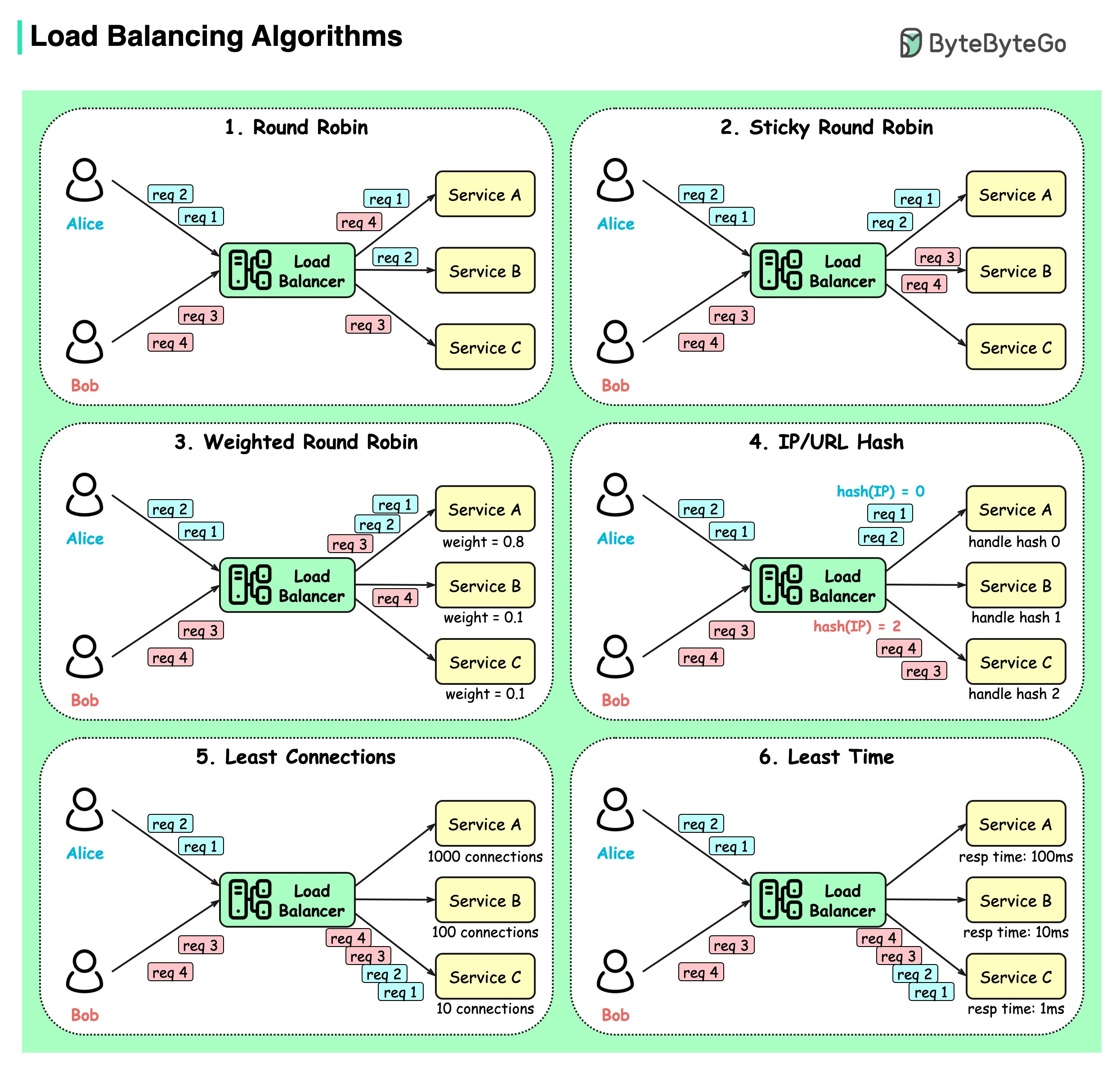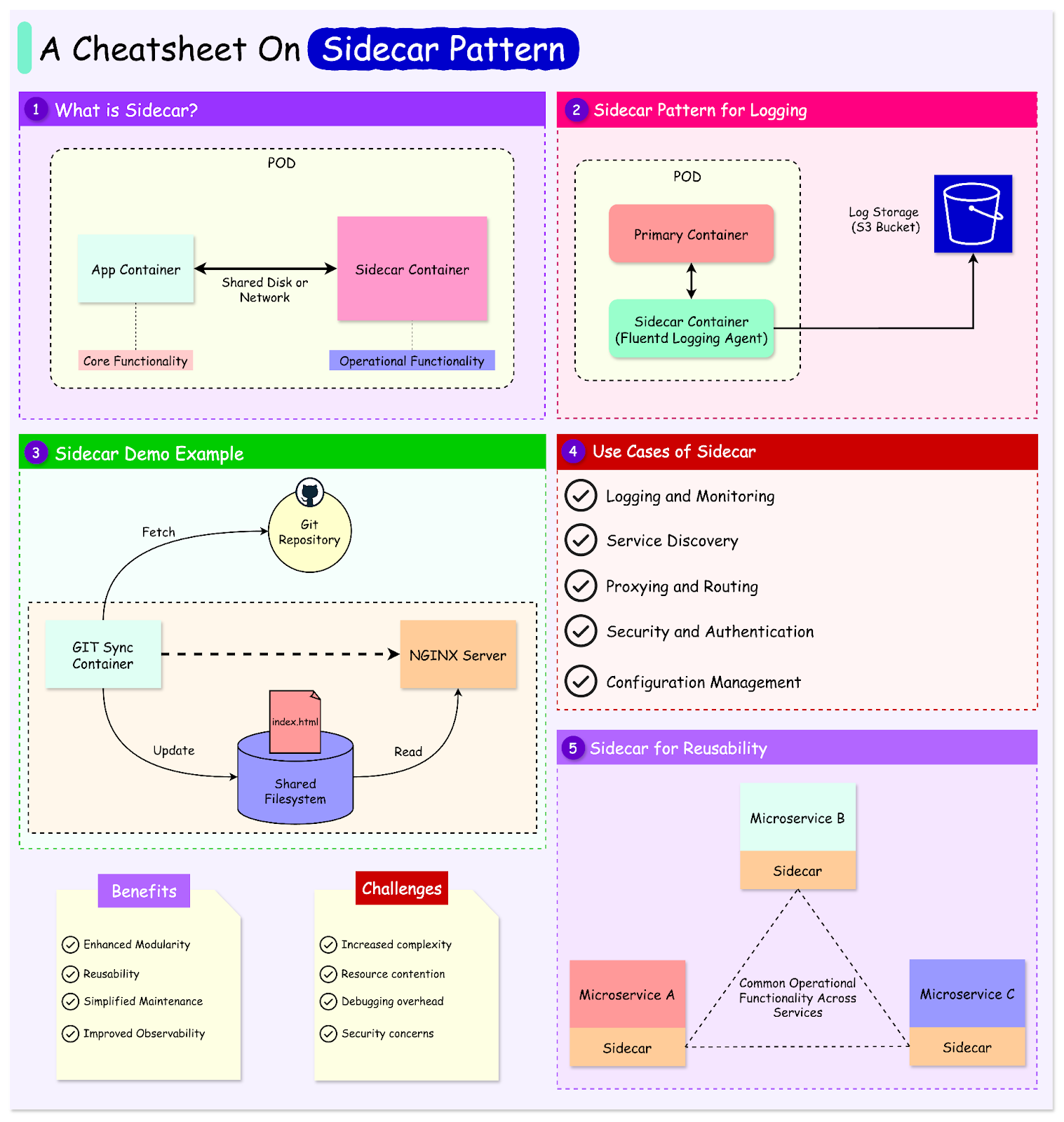- Mailing Lists
- in
- The Sidecar Pattern Explained: Decoupling Operational Features
Archives
- By thread 5228
-
By date
- June 2021 10
- July 2021 6
- August 2021 20
- September 2021 21
- October 2021 48
- November 2021 40
- December 2021 23
- January 2022 46
- February 2022 80
- March 2022 109
- April 2022 100
- May 2022 97
- June 2022 105
- July 2022 82
- August 2022 95
- September 2022 103
- October 2022 117
- November 2022 115
- December 2022 102
- January 2023 88
- February 2023 90
- March 2023 116
- April 2023 97
- May 2023 159
- June 2023 145
- July 2023 120
- August 2023 90
- September 2023 102
- October 2023 106
- November 2023 100
- December 2023 74
- January 2024 75
- February 2024 75
- March 2024 78
- April 2024 74
- May 2024 108
- June 2024 98
- July 2024 116
- August 2024 134
- September 2024 130
- October 2024 141
- November 2024 171
- December 2024 115
- January 2025 216
- February 2025 140
- March 2025 220
- April 2025 233
- May 2025 239
- June 2025 303
- July 2025 40
Unleashing Composable Commerce: Everything Retailers Need to Know
🎉 Cheers to a Bright New Year with Remote!
The Sidecar Pattern Explained: Decoupling Operational Features
The Sidecar Pattern Explained: Decoupling Operational Features
Latest articlesIf you’re not a subscriber, here’s what you missed this month.
To receive all the full articles and support ByteByteGo, consider subscribing: Design patterns are reusable solutions to common problems in software design. They provide a structured approach to solving architectural challenges without reinventing the wheel each time. The sidecar pattern is one such design pattern that has gained prominence in modern software engineering. At its core, the sidecar pattern pairs a secondary process or service (the "sidecar") with a primary application to handle complementary tasks. These tasks include logging, monitoring, proxying, security, or configuration management. The sidecar runs alongside the main application, sharing the same host or container, but remains logically and operationally independent. The sidecar pattern can be compared to a motorcycle with a sidecar. The motorcycle (the primary service) is the main driver, responsible for the core functionality, like transporting a person. The sidecar (the auxiliary service) carries additional tools or passengers, assisting the main vehicle without interfering with its operation. Similarly, in software systems, the sidecar extends the capabilities of the primary application without being tightly coupled to it. In this article, we’ll learn about the sidecar pattern in detail and understand how it works. In the end, we will also look at its benefits and challenges that can help us make better decisions when using the pattern.  Continue reading this post for free in the Substack app© 2024 ByteByteGo |
by "ByteByteGo" <bytebytego@substack.com> - 11:36 - 19 Dec 2024

